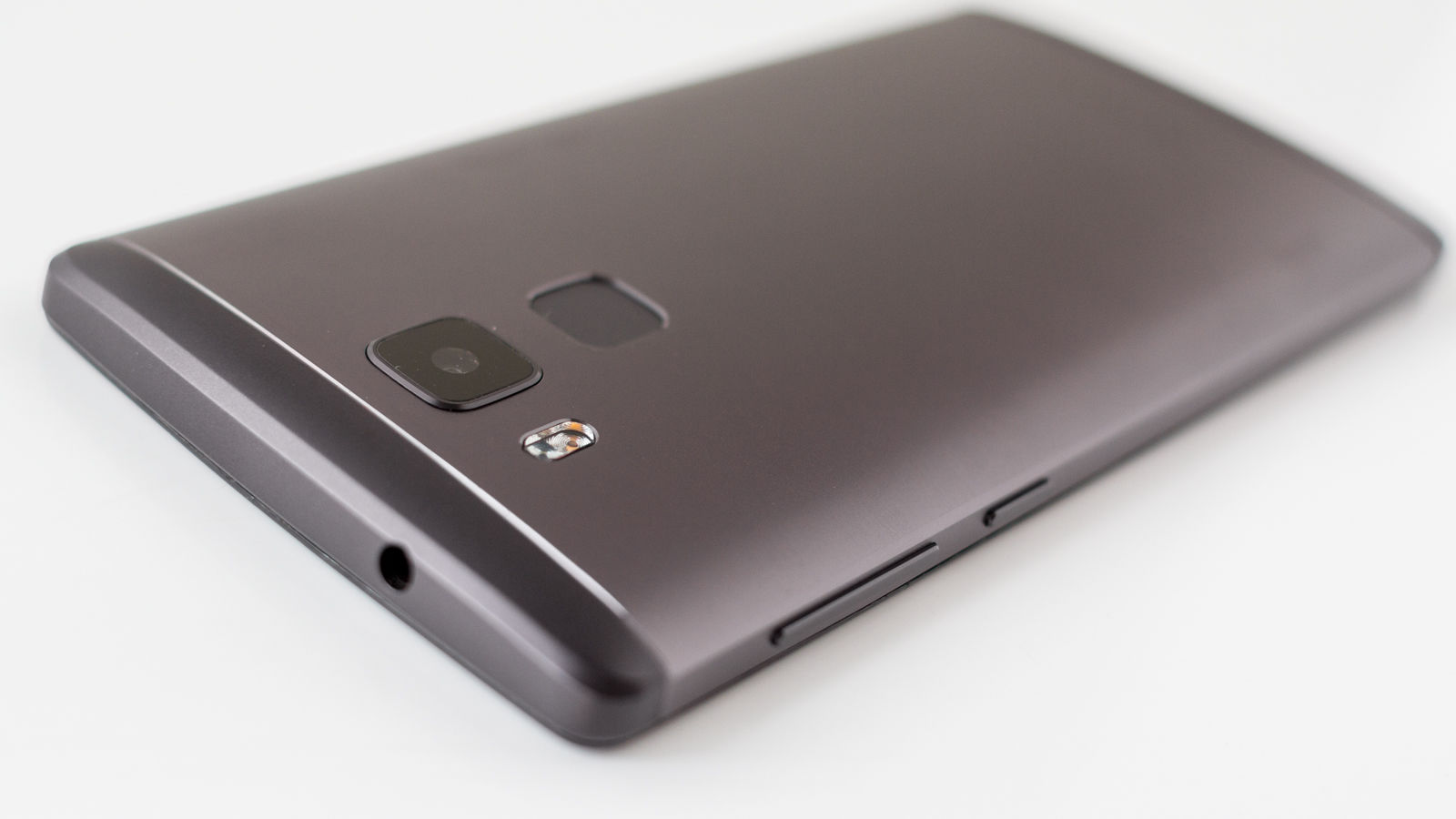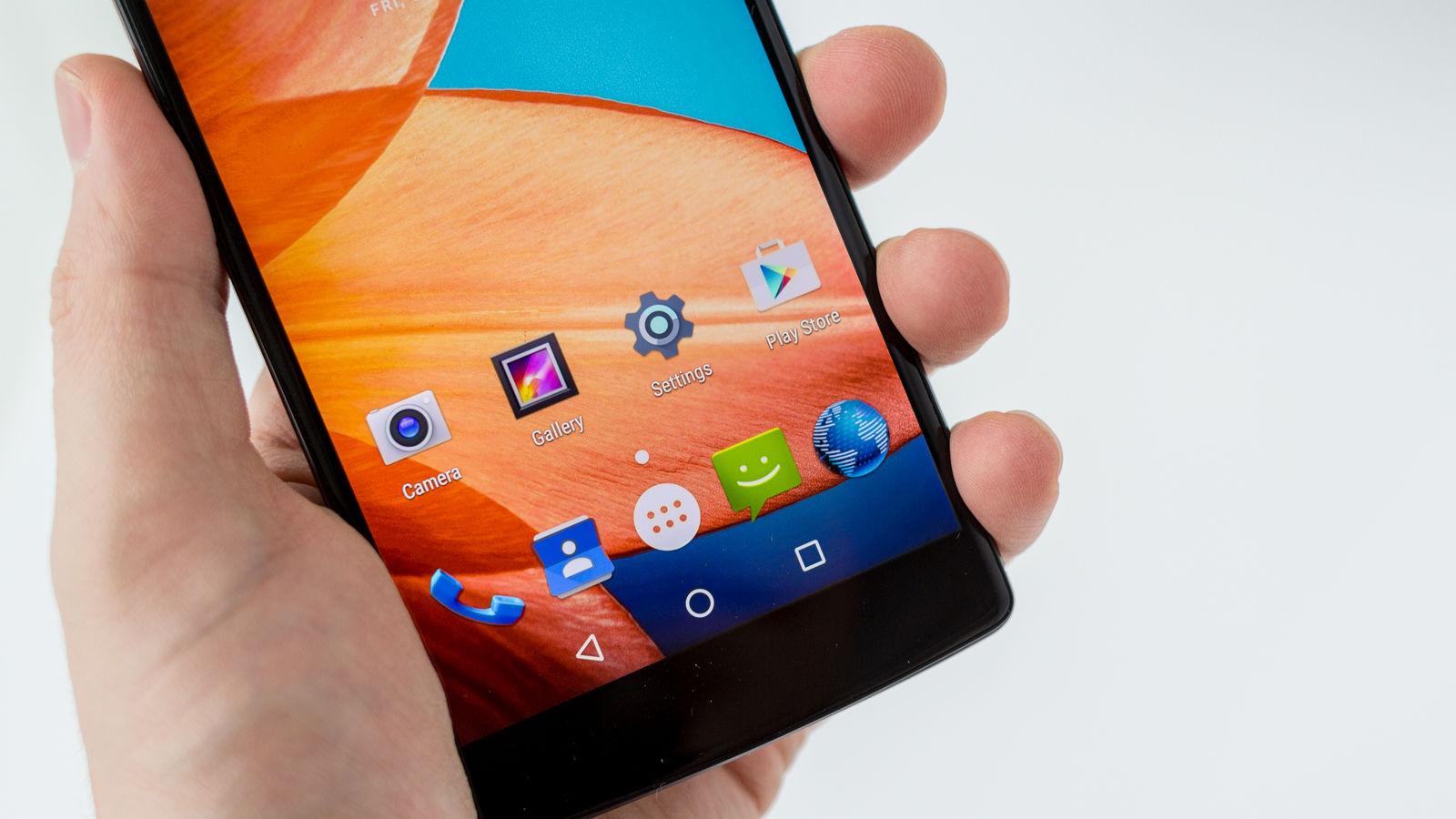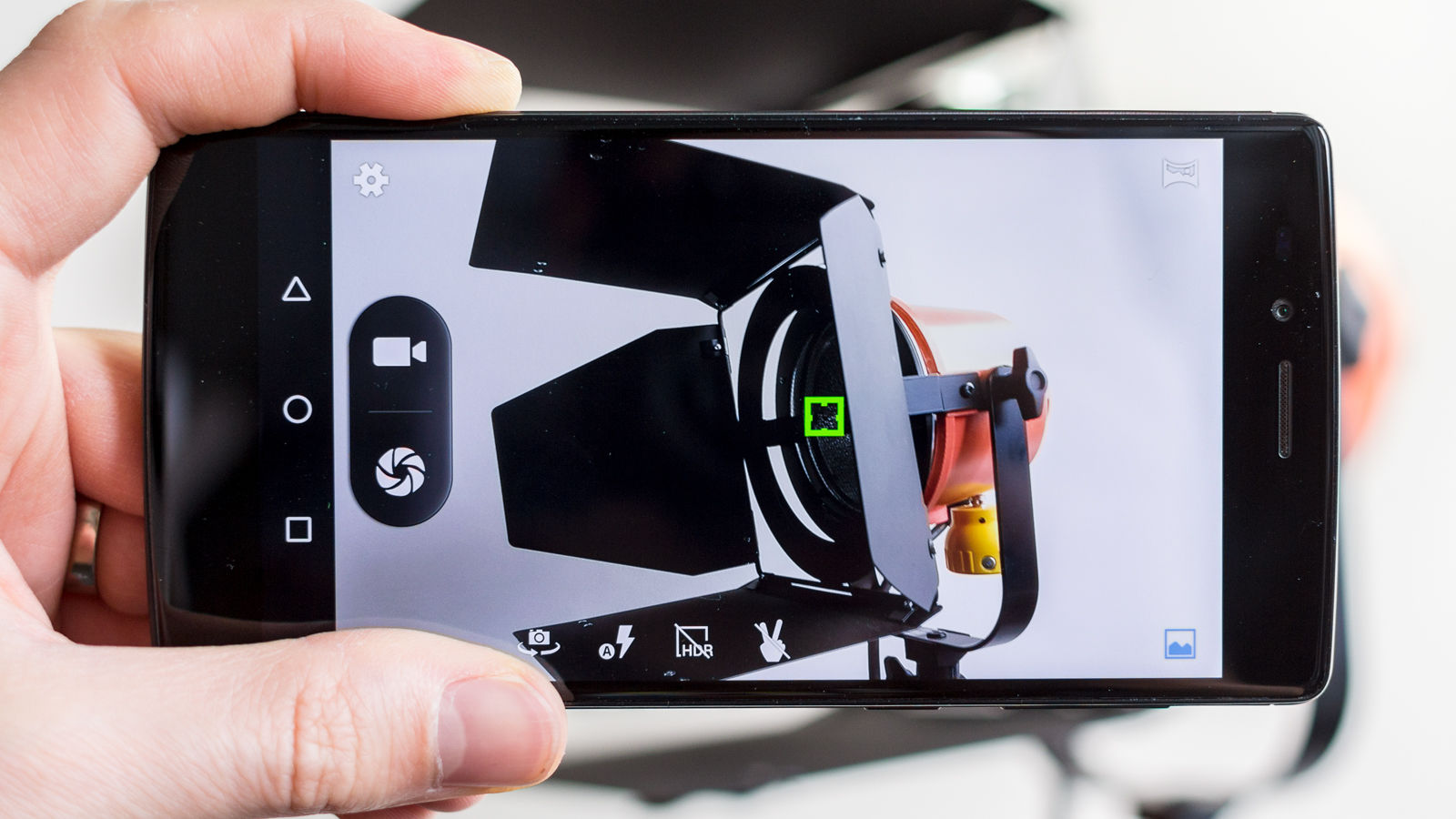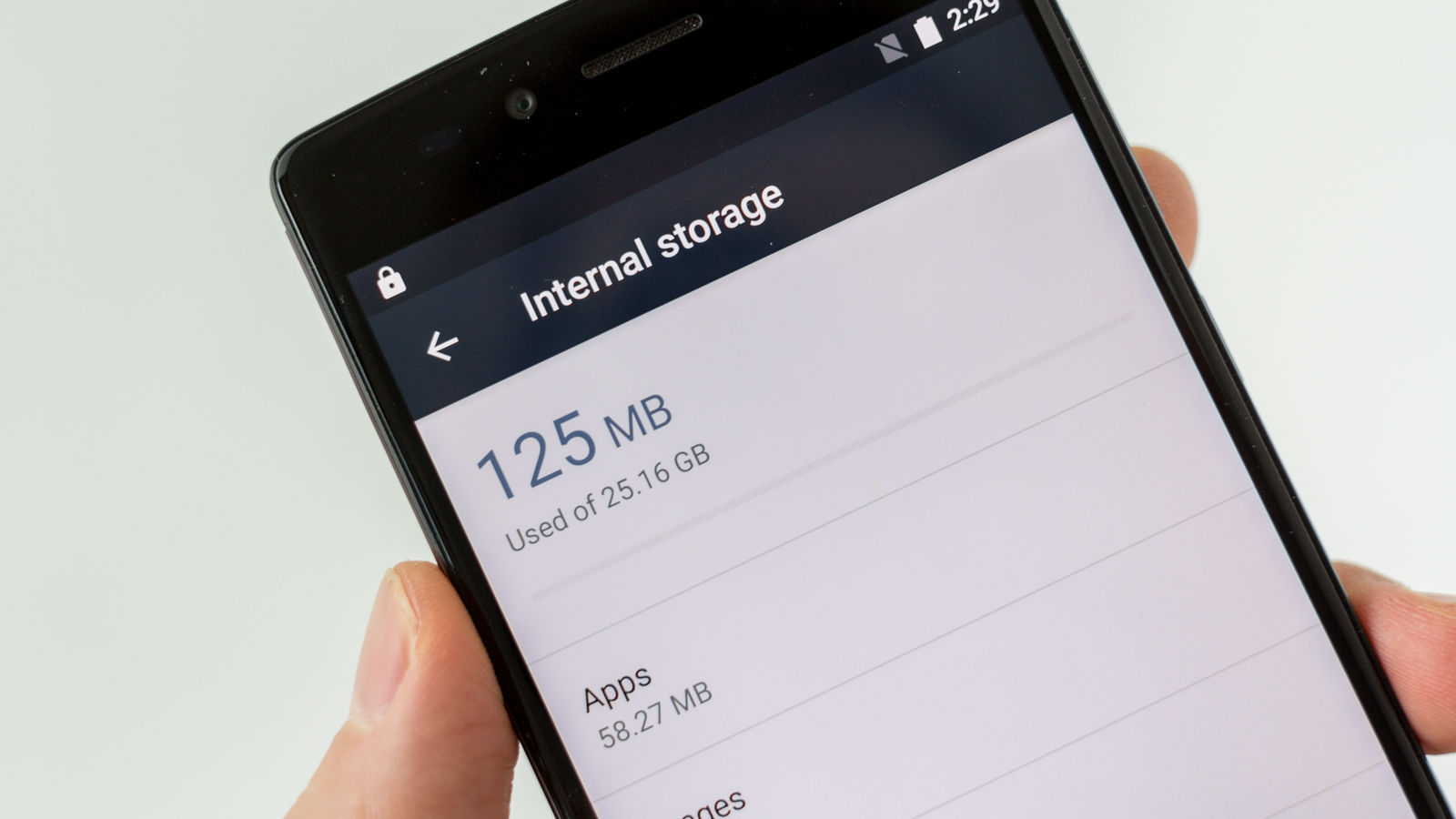Vernee Apollo Lite review: UK price and availability
The Apollo Lite is available to UK consumers through GearBest. Although you will pay a little more upfront for doing so, we would recommend you buy from the EU- rather than Chinese warehouse, because you won’t be liable for import duty when it arrives in the UK and so there won’t be any nasty surprises. The phone is currently on promotion at £160.33 ($199.99), but do note that prices can fluctuate daily at grey-market sites such as this. Read up on the pros and cons of buying grey-market tech before you take the plunge. An advantage of buying a phone in this way is that it comes SIM-free, so you can use it on whichever UK network you like. The Vernee Apollo Lite supports all 4G bands used in the UK, so cellular connectivity should not be an issue. You might like to pair the Apollo Lite with one of the deals listed in our Best SIM deals article. Also see: Best budget phones 2016
Vernee Apollo Lite review: Design and build
For a budget smartphone the Vernee Apollo Lite’s build is mostly good. Although the bezels at top and bottom are rather thick at the sides they are slim, and this paired with a gently curved rear means this 5.5in-screen phablet doesn’t feel too large in the hand. Buying a phone at this price point in the UK will usually mean buying a plastic phone, and sometimes these can feel fragile and toy-like. Vernee says the Apollo Lite has a unibody metal build, and though that’s not strictly true it does have a metal frame and rear panel. We love the colouring of our Space Grey review sample (also available in Moonlight Silver), and the metal parts at least feel strong and well made. It’s the bits that join the metal with the plastic that are less to our liking. Whereas these days you might see white stripes at the top and bottom of a unibody metal phone’s rear, Vernee instead employs plastic caps at top and bottom to improve the cellular signal. Unfortunately the join between metal and plastic is not flush, and grime will more than likely creep into the gap between the two. See all smartphone reviews The join between the metal edges and plastic front is also very obvious. It’s a shame, because with its chamfered metal edges and 2.5D curved glass screen the end result should feel smooth as you run your finger over the lip of the screen. A plastic rim here spoils that effect for the Apollo Lite. The Apollo Lite is also on the chunky side for a 2016 phablet at 9.2mm thick, though those chamfered edges make it appear slimmer. It weighs in at a substantial 175g. Hope is not lost, though: the Apollo Lite has lots in its favour on the design front. While it’s only a mono speaker hiding below, we like the symmetrical effect of the twin speaker cutouts either side of the phone’s bottom-facing USB-C port. This is a better setup than many a budget phone that places the speaker on the rear of the device, right where sound will be muffled by the palm. Also see: Best smartphones 2016 More interestingly, that USB-C port supports digital audio, which means you can use it for listening to audio. Unlike Apple, though, it hasn’t removed the standard headphone jack which sits at the other end of the phone, so you can connect whatever type of headphones you like. Unfortunately we don’t have a pair of USB-C headphones in the office with which to try it, and none are supplied in the box, but in theory the fact that you don’t have to again convert the digital audio stored on the phone for playback through an analogue headphone jack should result in less compression and better quality. On the rear is a 16Mp Samsung camera with dual-LED flash, and a fingerprint scanner sitting just below. We like this positioning because it falls naturally under your index finger as you pick up the phone, and it means the front can be left clean without a physical home button in which to house the scanner. You can wake up and immediately begin using the Apollo Lite with this fingerprint scanner, and in our tests we found it worked well. At the top left edge are two SIM trays, with one used for either microSD (up to 128GB) or a Nano-SIM, and the other a Micro-SIM; the Apollo Lite operates in dual-standby mode. Although it might look less attractive from the outside, we prefer the use of separate SIM trays because it is easier to insert and hold into place just the one card at a time. Lastly we come to the screen, a generously sized 5.5in panel that we found to offer plenty of detail and good colours, which should make it a good companion for games and video. This is a Sharp IGZO IPS panel with strong viewing angles, and it doesn’t place too much strain on the battery. We’re not at all surprised by the phone’s full-HD resolution of 1920×1080 pixels, and we found text and images to be sufficiently clear. Also see: Best mid-range phones 2016
Vernee Apollo Lite review: Core hardware and performance
Of all the phones we’ve tested lately, the Vernee Apollo Lite is most closely linked to the Xiaomi Redmi Note 4 in terms of its specification. Aside from battery capacity and internal storage, the two share many of the same specifications, including the 5.5in full-HD screen, 3GB of LPDDR3 RAM and, most interestingly for those who are easily impressed by on-paper specs, a deca-core Helio X20 processor. Also see: Best Android phones 2016 The number of processor cores has previously been used by smartphone manufacturers to fool consumers into thinking they are getting something better than they are in much the same way as were camera megapixel counts – we are led to believe the more you have the better it is. Of course, so much more comes into play here than the number of processor cores, for example it matters what architecture they use and the clock speed of each core. This can explain how the deca-core Helio X20 used here can be less powerful than the quad-core Snapdragon 820 used in many of today’s flagships. However, multiple cores still have their advantages, and grouped into clusters that are toggled on and off depending on the current workload they can make savings on battery life while offering that extra oomph when it is required. And this is exactly what you get with the Apollo Lite, which pairs a couple of Cortex-A72 cores with two groups of four Cortex-A53 cores. Both in real-life and in our benchmarks we found performance just as good as any other mid-range Android phone. While of course there are plenty of faster phones out there if you’re prepared to pay more money, we think the Apollo Lite should be plenty fast enough for most users in most scenarios. Our only slight concern was how hot it became during stress-testing, though this is a common complaint of metal smartphones. Given their similar hardware, you would expect the Vernee Apollo Lite to perform at roughly the same level as the Redmi Note 4. However, you should also consider that the Xiaomi has a slightly slower-clocked (at 2.1GHz rather than 2.3GHz) processor, and it has a lot more software onboard thanks to its custom MIUI 8 UI. With its faster processor speed and near stock Android build the Apollo Lite came out on top in every one of our benchmarks. You can compare the two below, and see how this compares to some of the fastest phones of 2016 in our article What’s the fastest smartphone?
The Xiaomi Redmi Note 4 will be the better option when it comes to battery life, however, with nearly 25 percent higher battery capacity than this Apollo Lite. Given its size and weight, the 3100mAh battery inside the Vernee isn’t anything special, though it should easily last a day, perhaps a day and a half, depending on your usage. It also supports Pump Express 3.0, which is similar to Qualcomm’s Quick Charge and should allow you to charge the battery (when paired with the supplied adaptor) in about an hour and a half. Storage is very generous for a budget phone at 32GB, if not as generous as the 64GB provided by our Redmi Note 4 review sample. Of course, expansion is possible if you find this is not enough via microSD or the cloud. Also see: Best phablets 2016
Vernee Apollo Lite review: Connectivity
There are a few things missing here in terms of connectivity, such as NFC and the increasingly rare IR blaster. However, it makes up for this with support for dual-SIM dual-standby (we explain what that means in our dual-SIM phone buying advice) and expansion through microSD, though unfortunately both are not possible at once. The Apollo Lite supports dual-band 802.11n Wi-Fi, Bluetooth 4.0 and OTG. There is also GPS, but no GLONASS. Also see How to tell whether a phone is supported by my network.
Vernee Apollo Lite review: Cameras
The Apollo Lite is fitted with a pair of Samsung cameras, the 5Mp S5K5E2 at the front and 16Mp S5K3P3 at the rear. The latter has an f/2.0 aperture, phase-detection and is paired with a dual-LED flash. There’s no optical image stabilisation, but we found the Apollo Lite could do a decent job given a pair of steady hands. In good lighting the colours are mostly natural and level of detail good, and the Apollo Lite is fast to capture the shot. In low light it tends to struggle. The Apollo Lite is also said to support 4K video recording, though there is no way in the camera app to select this. The camera app itself is rather basic, with no real-time filters and few effects. There are Normal and Panorama modes, and you can toggle on or off HDR. In the Settings menu you have options for face detection, smile shot and auto scene selection, plus a 40-shot burst mode. You can see a couple of our test shots in Normal and HDR mode below. They appear somewhat washed out, though we must express that they were shot on rather a dull day in London. Also see: Best phone cameras 2016
Vernee Apollo Lite review: Software
We were impressed to find the Vernee is running an up-to-date version of Android with 6.0.1 Marshmallow preinstalled. Nougat is the very latest version, and Vernee promises this will be coming to the Apollo Lite later this year, which certainly cannot be said for all budget smartphones. It’s a very plain installation of Marshmallow, with the addition of a Turbo Download mode, which uses 4G and Wi-Fi to speed downloads. We were surprised to find even Google apps, such as Gmail and Maps, weren’t preinstalled, though we like the fact this means you can install only those you wish to use, and that storage isn’t wasted. There are no special gestures, although as we mentioned earlier we appreciate the ability to wake the phone with the fingerprint scanner. You can also rearrange the layout of the virtual navigation bar at the bottom of the screen, which can be handy if you’re used to a different setup than what is offered here. Our only real complaint here is that there seems to be plenty of room below the screen for these buttons, so it’s a shame to see them taking up space on the display. Read next: Best new phones coming in 2017 Follow Marie Brewis on Twitter Marie is Editor in Chief of Tech Advisor and Macworld. A Journalism graduate from the London College of Printing, she’s worked in tech media for more than 17 years, managing our English language, French and Spanish consumer editorial teams and leading on content strategy through Foundry’s transition from print, to digital, to online - and beyond.








